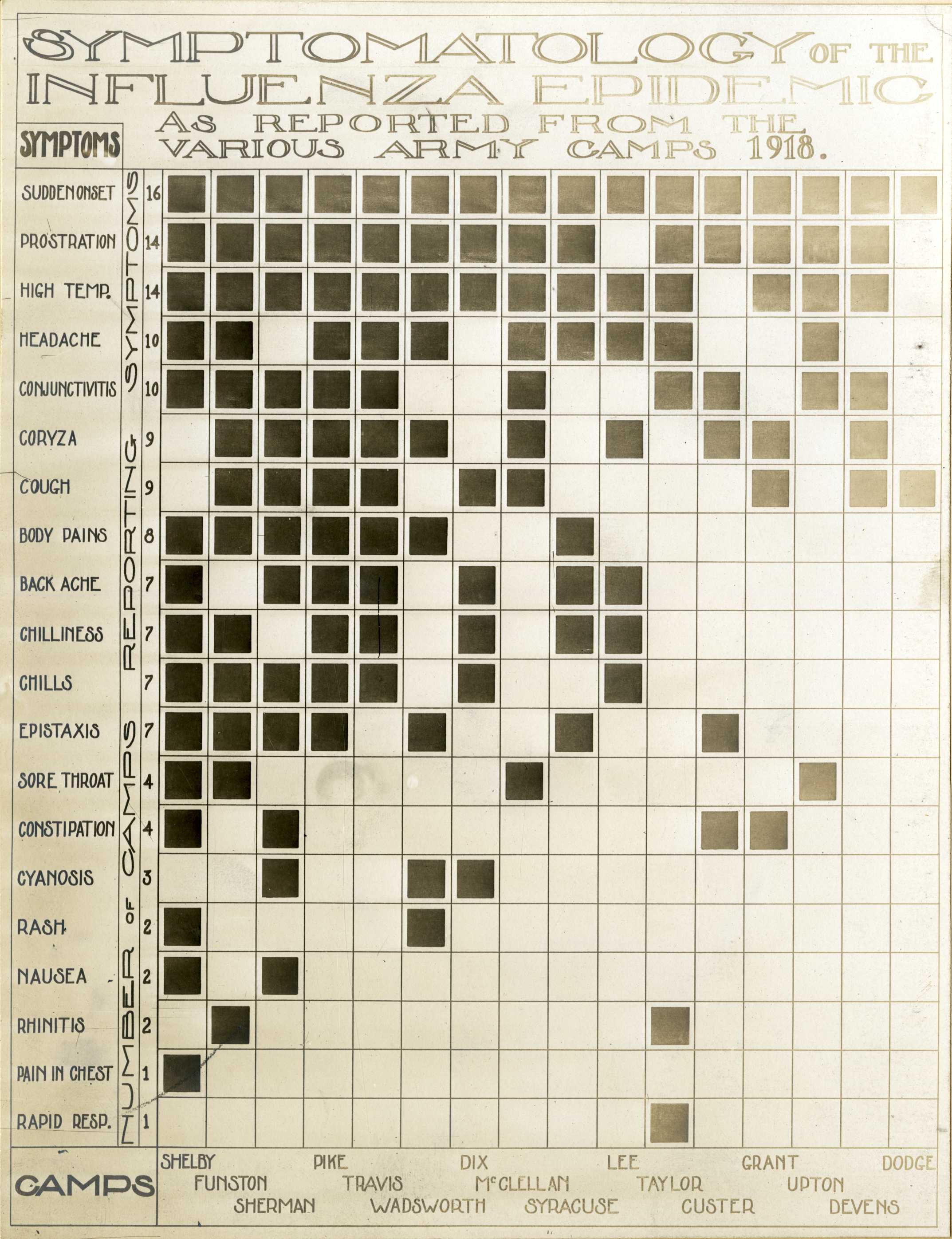
Photo from academic.microsoft.com
Patterns in risk-related behaviors identified using clinically deployed surveys may hold value for public health surveillance. However, because such surveys assess subjects only when subjects choose to visit clinics, clinical… Click to show full abstract
Patterns in risk-related behaviors identified using clinically deployed surveys may hold value for public health surveillance. However, because such surveys assess subjects only when subjects choose to visit clinics, clinical data are subject to variability in observation patterns that is not present in conventional longitudinal data sets in which research teams contact subjects at regular intervals. In this issue of the Journal, Wilkinson et al. (Am J Epidemiol. 2017;185(8):627-635) describe how they applied a latent transition analysis technique to surveillance data collected during clinic visits. In this commentary I discusses the selection bias that may arise in longitudinal analysis of clinical data due to subject-specific observation patterns, with particular focus on issues that may arise due to classifying successive clinical visits as waves. I suggest that quantitative bias analysis and inverse probability weighting may be useful techniques with which to assess and control bias in future latent transition analyses of clinical data.
Journal Title: American journal of epidemiology
Year Published: 2017
Link to full text (if available)
Share on Social Media: Sign Up to like & get
recommendations!